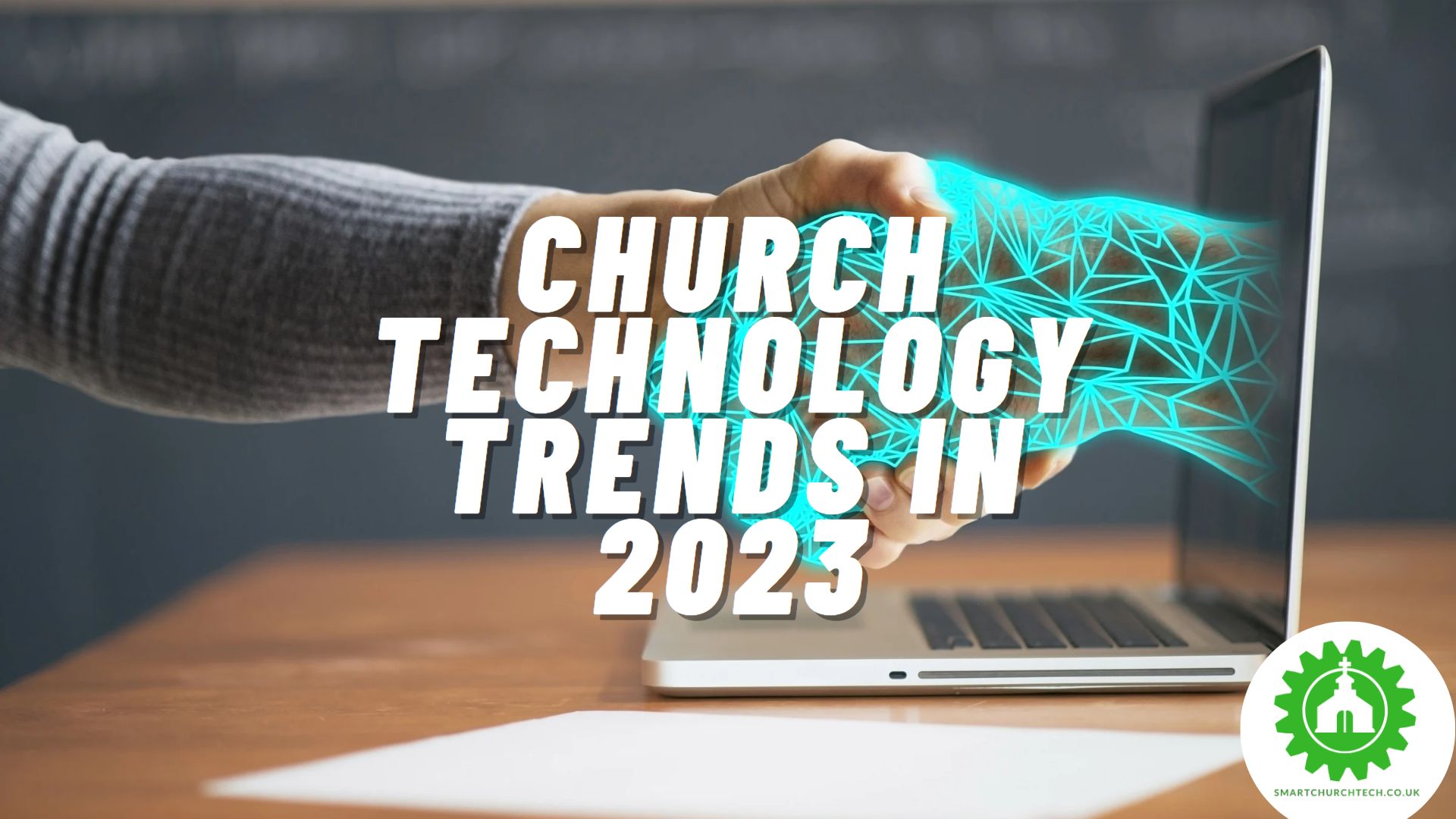As we delve further into the digital age, churches are increasingly adapting to evolving technologies to connect with their congregations and serve their communities in innovative ways. The year 2023 marks a pivotal moment in the integration of technology in the ministry, with several trends worth noting.
Hybrid Church & Digital Worship Platforms
One of the most significant shifts observed is the establishment of the hybrid church model, effectively blending in-person and online services. This model, now adopted by a large majority of churches, offers accessibility and flexibility to congregants, allowing them to engage in worship regardless of physical location. As digital tools continue to evolve, it is anticipated that the hybrid model will remain a mainstay, providing an inclusive platform for worship and fellowship.
In the past, churches have had to rely on physical services to connect with their members. However, digital worship platforms are becoming increasingly popular as a way to reach more people and accommodate today’s “on-the-go” lifestyles. These platforms allow congregations large and small to access live streaming of worship services, engage in online discussion forums, and access resources such as sermons, prayers, and small group activities.
Gamification
In 2023, you cannot escape the gamification of activities from exercise to learning foreign languages. Churches are experimenting with gamification to make scripture study more interactive. This involves using elements of game design to motivate people to learn Bible passages or reach faith-based goals. For example, churches may use points, badges, and leaderboards to encourage congregants to read a certain number of verses each day or complete challenges such as donating items for a food drive.
Church Management Software
Church-specific tools are also gaining traction, with leaders emphasizing the need for purpose-built tools that streamline operations and foster engagement. Church management software (ChMS) and donor management software are witnessing increased adoption, empowering churches to manage administrative tasks more efficiently and foster deeper relationships with their congregations. The demand for custom tools indicates a desire for integration and consolidation, reducing waste and enhancing usability.
As time goes on, AI will no doubt be integrated into these tools, leading to greater options for providing individual support to each congregation member. AI is a tool and must be used as such – don’t let it take over pastoral duties entirely!
Deeper Social Media Integration
Churches have been utilizing social media platforms such as Facebook, Twitter, and Instagram for some time now. However, churches are now taking social media integration to the next level. Congregations can use these services to reach more potential members and keep current members engaged in meaningful activities. For example, churches might create online prayer requests or hold virtual Bible studies on Instagram Live.
Awareness of Digital Security
With the rise in digital tool usage comes an increased awareness of digital security. Church leaders are becoming more conscious of data privacy and are taking proactive steps to secure their digital platforms. This vigilance reflects the recognition that while technology can greatly enhance the church’s reach and impact, it also necessitates robust security measures to protect sensitive information.
Yet, amidst this digital revolution, the church remains committed to its mission of reaching out to and serving its community. This commitment is reflected in the growing trend of adopting technologies that enable multilingual communication. Geotargeting is also gaining popularity, allowing churches to deliver tailored messages to specific demographics within their congregation.
Heading into the Unknown
Finally, there’s an eagerness among churches to explore emerging tech like the Metaverse. Even though only a small percentage of churches currently offer services in this virtual reality space, a significant portion plan to explore this avenue in the coming year. This trend reflects the church’s willingness to innovate and adapt to new technological landscapes to further its mission.
Is 2023 a Great Year for Church Tech?
In conclusion, 2023 is a year of significant digital transformation for churches, with the adoption of hybrid models, purpose-built tools, and an increased focus on digital security. As we move further into the digital age, the church continues to demonstrate resilience and adaptability, leveraging technology to enhance its mission and serve its congregation more effectively. While the digital landscape may be evolving, the church’s commitment to its community remains unwavering. With the right tools, strategies, and mindset, the church is well-positioned to navigate these changes and continue making a positive impact in the lives of its congregants.

